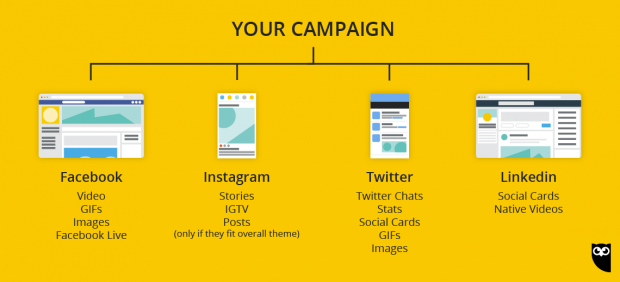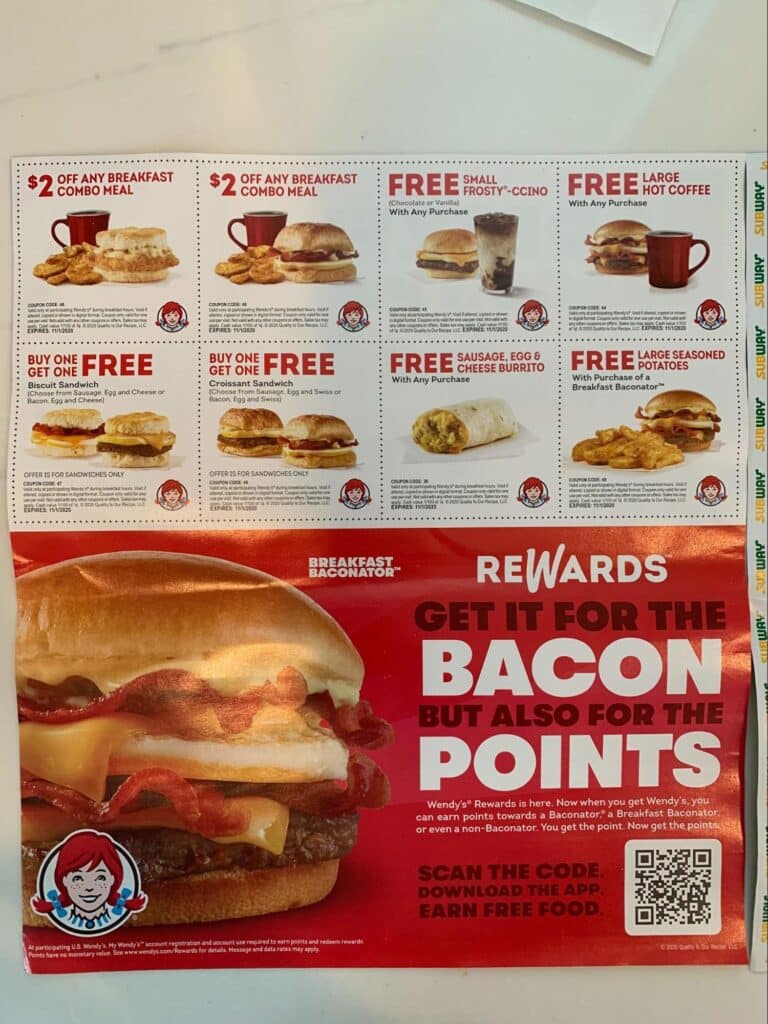Creating Cross-Platform Campaigns That Work: A Step-by-Step Guide

In today’s digital age, reaching your target audience is more complex than ever. With multiple online platforms and devices to choose from, it can be challenging to create a campaign that resonates with your audience across all channels. However, with the right strategies and techniques, you can create a successful cross-platform campaign that drives engagement and conversions.
Why Bother with Cross-Platform Campaigns?
Cross-platform campaigns offer numerous benefits, including:
- Increased reach: By leveraging multiple channels, you can expand your audience and reach a broader demographic.
- Improved engagement: Cross-platform campaigns can help you engage your audience in different ways, from video content on YouTube to influencer partnerships on Instagram.
- Enhanced brand awareness: A consistent message and brand identity across all platforms can help establish your brand as a thought leader in your industry.
- Better ROI: By tracking cross-platform campaigns, you can identify which channels are driving the most conversions and optimize your budget accordingly.
Understanding Your Target Audience
Before creating a cross-platform campaign, it’s essential to understand your target audience. Here are some steps to help you get started:
- Conduct market research: Use tools like Google Trends, social media listening, and customer surveys to gather data on your target audience’s preferences, behaviors, and pain points.
- Create buyer personas: Based on your research, create detailed profiles of your ideal customers, including demographics, interests, and goals.
- Identify their platforms: Determine which online platforms your target audience uses most frequently, such as Facebook, Instagram, Twitter, or YouTube.
Choosing the Right Channels
Not all online platforms are created equal, and some may be more effective for your campaign than others. Consider the following factors when selecting channels:
- Reach and frequency: Choose channels with a large user base and high frequency of use, such as Facebook and Instagram.
- Engagement metrics: Select channels with high engagement metrics, such as comments, likes, and shares, like Twitter and Reddit.
- Cost and ROI: Consider the cost per impression and conversion rate for each channel, with LinkedIn and YouTube being cost-effective options.

Developing a Consistent Message
A consistent message is crucial for a cross-platform campaign. Here are some tips to help you create a cohesive message:
- Define your brand voice: Establish a unique tone and language for your brand, ensuring it resonates with your target audience.
- Develop key messaging pillars: Create clear, concise messages that highlight your brand’s unique value proposition and benefits.
- Use a centralized content hub: Manage all your content from a single hub, making it easier to update and maintain consistency across channels.
Creating Multi-Channel Content
Cross-platform campaigns require a mix of content types to engage your audience. Here are some ideas to get you started:
- Video content: Use YouTube, TikTok, or Vimeo to create engaging video content, such as explainer videos, product demos, or customer testimonials.
- Infographics: Design visual, shareable content that highlights key statistics, benefits, or features of your product or service.
- Blog posts: Publish in-depth articles on your website or Medium that address pain points, offer solutions, or share success stories.
- Social media posts: Craft engaging social media posts, such as Facebook, Instagram, and Twitter, to drive conversations, lead generation, and brand awareness.
Influencer Marketing and Partnerships
Influencer marketing and partnerships can help amplify your campaign reach and credibility. Here are some tips to get you started:
- Research and identify influencers: Find influencers who align with your brand values, audience, and messaging, using tools like Hootsuite or Ahrefs.
- Build relationships: Establish rapport with your influencers by offering exclusives, product samples, or behind-the-scenes access.
- Collaborate on content: Partner with influencers on content creation, including blog posts, videos, or social media posts, that showcase your product or service.
Measuring and Optimizing Your Campaign
To ensure your campaign’s success, it’s essential to track performance and make data-driven decisions. Here are some tips to help you optimize your campaign:
- Set clear goals and KPIs: Establish specific objectives and metrics to measure, such as engagement rate, conversion rate, or ROI.
- Use analytics tools: Leverage tools like Google Analytics, Ahrefs, or SEMrush to track website traffic, social media metrics, and influencer partnerships.
- A/B testing: Conduct A/B testing to compare different creative assets, messaging, or channels, and optimize your campaign accordingly.
- Content calendar: Plan and schedule content in advance to ensure consistency and efficiency.
Getting Started
Creating a cross-platform campaign requires strategy, creativity, and a willingness to experiment. Here are some final tips to get you started:
- Start small: Begin with a pilot campaign to test your theories, messaging, and channels.
- Be agile: Be prepared to pivot or adjust your campaign based on performance data and insights.
- Leverage social media: Use social media platforms to engage with your audience, share updates, and promote your campaign.
Share This Article!
Have you applied cross-platform campaign strategies to your marketing efforts? Share your success stories and tips in the comments below. This article aims to provide you with a clear step-by-step guide to create a cross-platform campaign that works.

